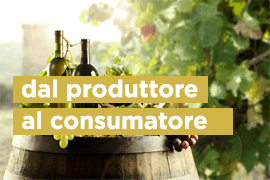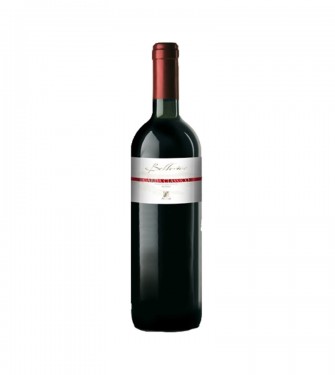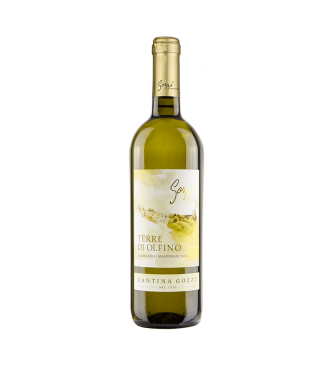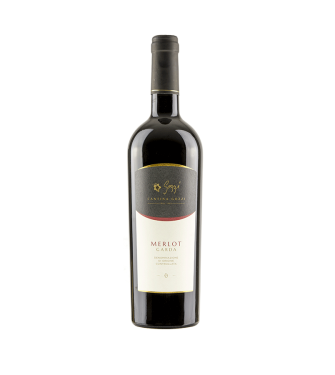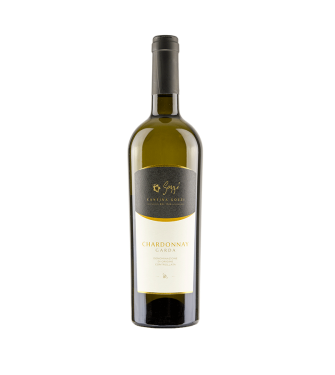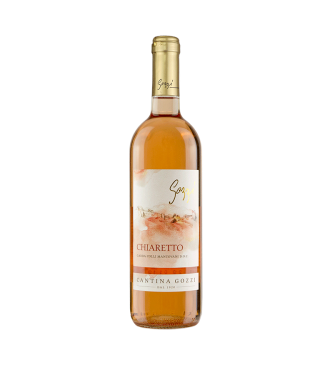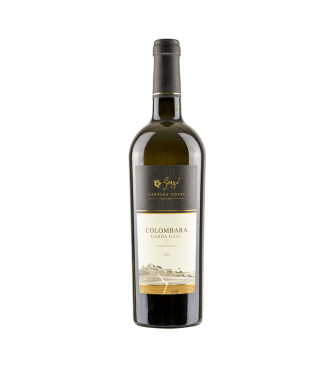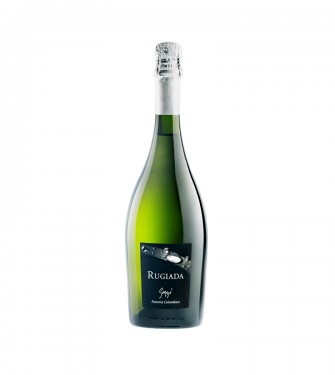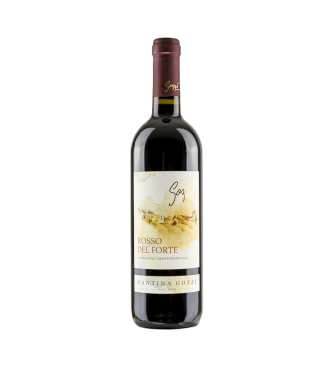Garda DOC WINES
The D.O.C. Garda embraces a wide variety of wines, both white and red, some made from indigenous grapes and other grapes that are part of the traditional production of this area. (continue)
-
-
Prezzo di listino: € 9,00Special Price € 7,00 -23%
-
-
Prezzo di listino: € 8,00Special Price € 7,00 -12%
-
-
-
-
Garda DOC WINE
The D.O.C. Garda embraces a wide variety of wines, both white and red, some made from indigenous grapes and other grapes that are part of the traditional production of this area. They are 'also provided the sparkling wine and cava, the latter made from Pinot Blanc, Chardonnay and Riesling. The territories in which it produces the Garda Classico date back to very different geological formations, including the alluvial plains, the hills, the first slopes of the Alpine foothills and the rivers of the lake, enjoying a mild microclimate suitable for the cultivation of the vine, olive and citrus. Among these the oldest is that of the vine, as is apparent from the writings of Cato, Virgil, Pliny, Strabo and Suetonius and numerous archaeological findings. Grapes used: Garganega for white and Corvina for red: these are the two vines that characterize the area of production of D.O.C. Garda. Widespread in much of the province of Verona, Garganega does not have a strong aroma but a small wealth of perfumes whose almond and white flowers are sharper; It has a very long biological development, so as to mature in ot tober; It has a hard and very yellow skin (almost red) when ripe. It has no acidity preponderant but rather an interesting balance of sugar and extracts. Letting the grapes fully ripe arrivals, this variety is capable of producing white with delicate fruity aromas, in particular of apricot and pear, which become more and more full-bodied with the progress of aging of wine. Even Corvina is characterized by the late bloom and for the good resistance to low temperatures. The result is a deep ruby colored wine, full-bodied and rich in flavor.
Powered by Google


